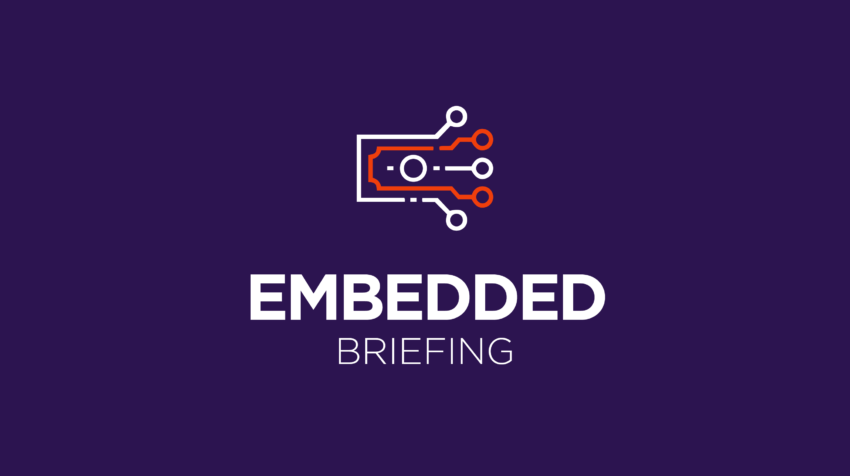Embedded Finance, Member Exclusive
Embedded Briefing: Banks’ role in the BaaS ecosystem
- The next stage of development in financial services requires fintechs and banks working together – to learn from each other, and collaborate to create next-gen products.
- Also, as countries around the world find themselves at different stages of open banking regulation, the UK, EU and India lead the global race.








